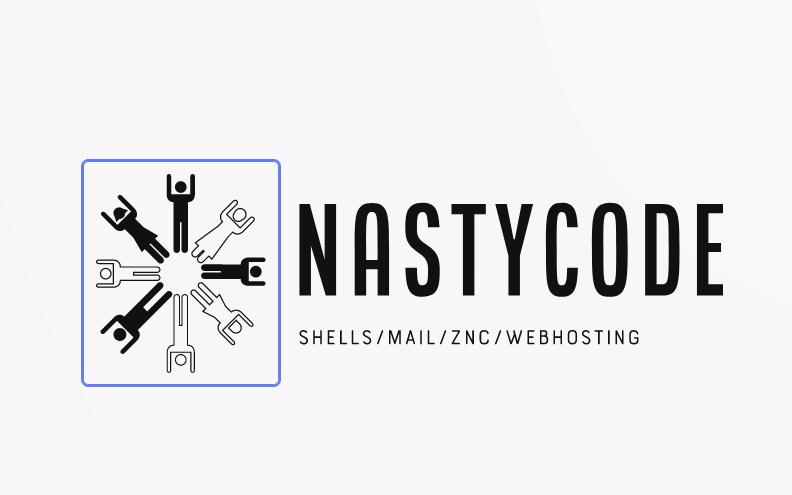DebianInstall
Start
after following the instructions in https://wiki.ircnow.org/index.php?n=Vmm.DebianIso
we create our vm with the username and the data corresponding to those entered in /etc/vm.conf previously::
vm "username" {
owner username
memory 1024M
cdrom "/home/iso/debian-11.1.0-vmm.iso"
disk /home/username/username.qcow2
interface {
locked lladdr aa:bb:cc:dd:ee:ff
switch "switch0"
}
}
let's create our VM:
vmctl create -s 16G diskname.qcow2
file diskname.qcow2
ls -lh diskname.qcow2
Now let's start the VM and stop it 2 times:
vmctl stop diskname
vmctl start diskname
vmctl stop -f diskname
vmctl start diskname
Now let's enter the virtual machine console:
vmctl console diskname
Press CTRL + C and the installation menu will start, we go to Advance Options -> Expert install and press TAB, a command line will come out and we write by hand in the console:
/install.amd/vmlinuz priority=low DEBIAN_FRONTEND=text initrd=/install.amd/initrd.gz --- console=ttyS0,115200
During installation it will ask you for the network configuration, do not set it in the car, but enter the data provided via the vps email to have a correct network configuration ...
I recommend installing SSH SERVER already from the minimal installation, so as not to have to enable it later
I remind users not to install graphical environments as soon as they require them, and to install the GRUB on the MBR it is not necessary to "remove the installation media"
To get the new kernel: (IMPORTANT!)
apt list | egrep 'linux-image.*bpo..-amd64-unsigned'
apt install linux-image-5.14.0-0.bpo.2-amd64-unsigned
Now enter your authorized_keys ...
To enable sudo on debian just install as root:
apt install sudo
and now let's go to give sudo permissions to our user:
adduser user sudo
Then we edit the / etc / sudoers file and add
USERNAME ALL=(ALL:ALL) ALL
now we exit as root and we try to run the sudo command by the user even for a simple update we do:
sudo apt update
it will ask you for the user's password to have permissions to run apt
sudo apt upgrade
if there are updates, it will advise you to install them for install other packages use:
apt install namepckg <------ by root
sudo apt install namepckg <------ by user
now we close the console and connect to our VPS from SSH and log in
